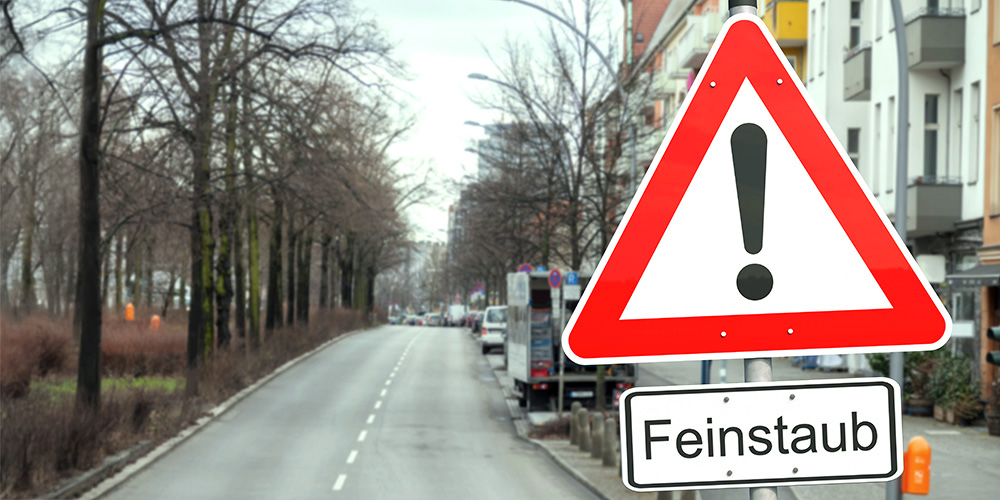Unexpected speed-dependent friction
In the macro world, friction doesn’t depend on the speed at which two surfaces move past one another, but researchers from Basel and Tel Aviv have now observed precisely this effect in special graphene structures on a platinum surface.
07 December 2022 | Christine Möller
Due to their low-friction properties, materials consisting of single atomic layers are of great interest for applications where the aim is to reduce friction — such as hard disks or moving components for satellites or space telescopes. One such example is graphene, which consists of a single layer of carbon atoms in a honeycomb arrangement and is being examined with a view to potential use as a lubricating layer. Indeed, previous studies have shown that a graphene ribbon can be moved across a gold surface with almost no friction.
Surprising results with a rough surface
If graphene is applied to a platinum surface, it has a significant impact on the measurable friction forces. Now, physicists from the University of Basel and Tel Aviv University have reported in the journal Nano Letters that, in this instance, the friction depends on the speed at which the tip of an atomic force microscope (AFM; see box) is moved across the surface. This finding is surprising because friction does not depend on speed according to Coulomb’s law, which applies in the macro world.
In conjunction with the platinum substrate, graphene no longer forms only the hexagonal honeycomb pattern of carbon atoms and instead forms superstructures known as Moiré superlattices. The surface is then no longer completely flat and exhibits a certain degree of roughness.
“If we move the AFM tip across this slightly corrugated surface at low speed, we measure a weak and almost constant frictional force,” explains Professor Ernst Meyer from the Swiss Nanoscience Institute and the Department of Physics at Basel University. “Above a certain threshold, however, the friction then increases with the speed of the AFM tip,” adds first author Dr. Yiming Song. “The larger the Moiré superstructure, the lower the threshold at which the friction becomes speed-dependent.”
The researchers found that there is greater resistance at the ridges of the Moiré superstructures during the movement of the tip. These ridges undergo elastic deformation due to the pushing tip before relaxing again when the pressure is sufficiently high. This effect results in greater frictional forces that increase with the speed of the tip. Simulations and an analytical model confirm the experimental findings obtained by this international team of researchers.
Original publication
Yiming Song, Xiang Gao, Antoine Hinaut, Sebastian Scherb, Shuyu Huang, Thilo Glatzel,Oded Hod, Michael Urbakh, Ernst Meyer
Velocity Dependence of Moiré Friction
Nano Letters (2022), doi: 10.1021/acs.nanolett.2c03667
Atomic force microscopy
An atomic force microscope (AFM) has a tiny cantilever probe with a sharp tip that is scanned across the surfaces that are being examined. Attractive and repulsive forces between the tip and the sample result in deflection of the cantilever probe, and this curvature is measured by a laser beam aimed at the probe in combination with a photodetector. These measurements are then put together point by point to produce a digital image of the surface.
Microscope tips of this kind can also be used to analyze magnetic or electrical properties of samples. For example, it is also possible to analyze the frictional forces that occur when the tip scans a sample.




